Table of Contents
ToggleIntroduction
Nestled in an oasis northeast of Damascus, Palmyra is one of the most significant ancient cities in the Syrian desert. Known as the “Bride of the Desert,” Palmyra thrived between the 1st and 3rd centuries AD as a dynamic cultural and economic hub. This ancient city represented a meeting point for various civilizations and reflects a fascinating blend of Greco-Roman, Persian, and indigenous Palmyrene styles, making it an invaluable testament to ancient cross-cultural exchanges.
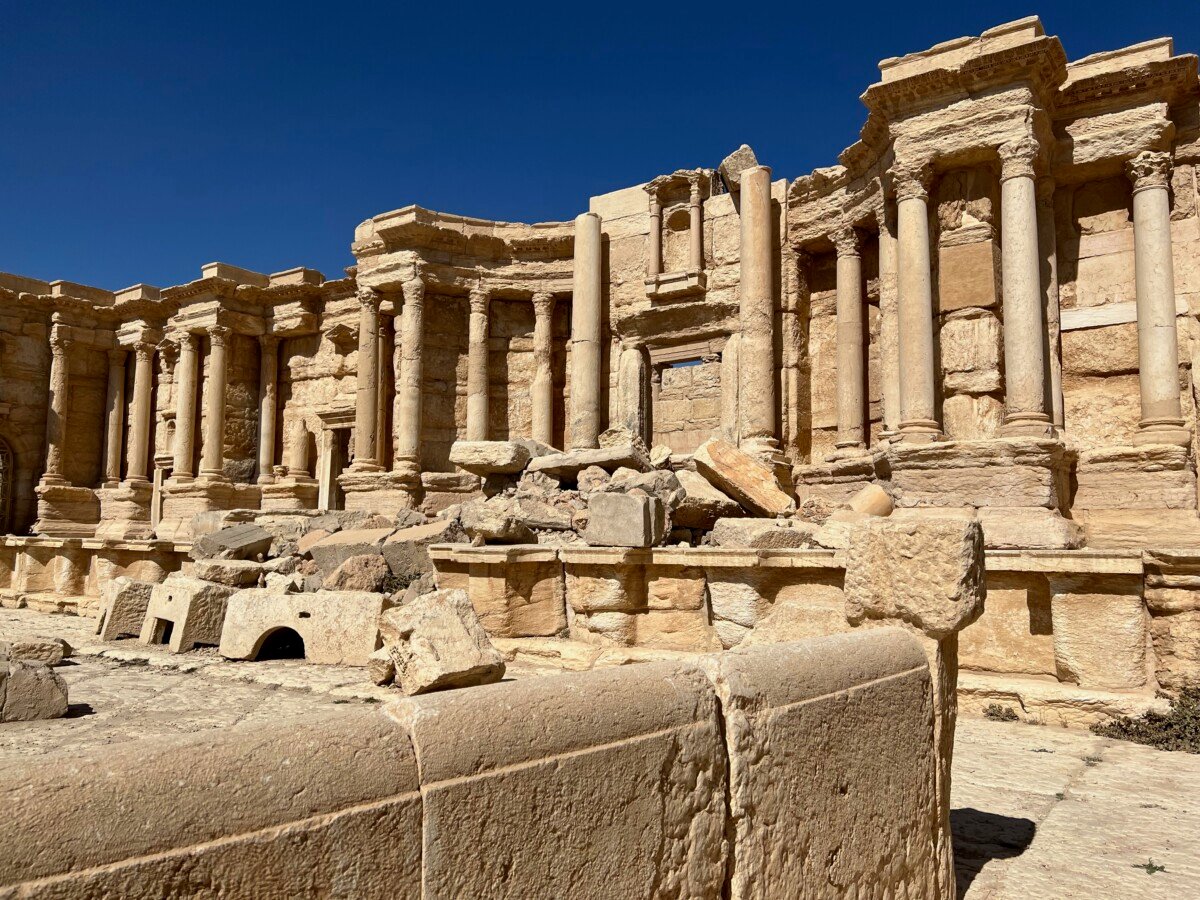
The Strategic Location of Palmyra
Palmyra’s location positioned it as a trade nexus linking the Roman and Persian Empires. Caravan routes crossed through Palmyra, bringing goods like silk, spices, textiles, and other luxury items from the East to the West. Its importance as a trade center made it a valuable asset to the Romans and also an appealing target for the Parthians. However, both powers recognized Palmyra’s strategic role in commerce, allowing it to maintain a degree of autonomy and security.
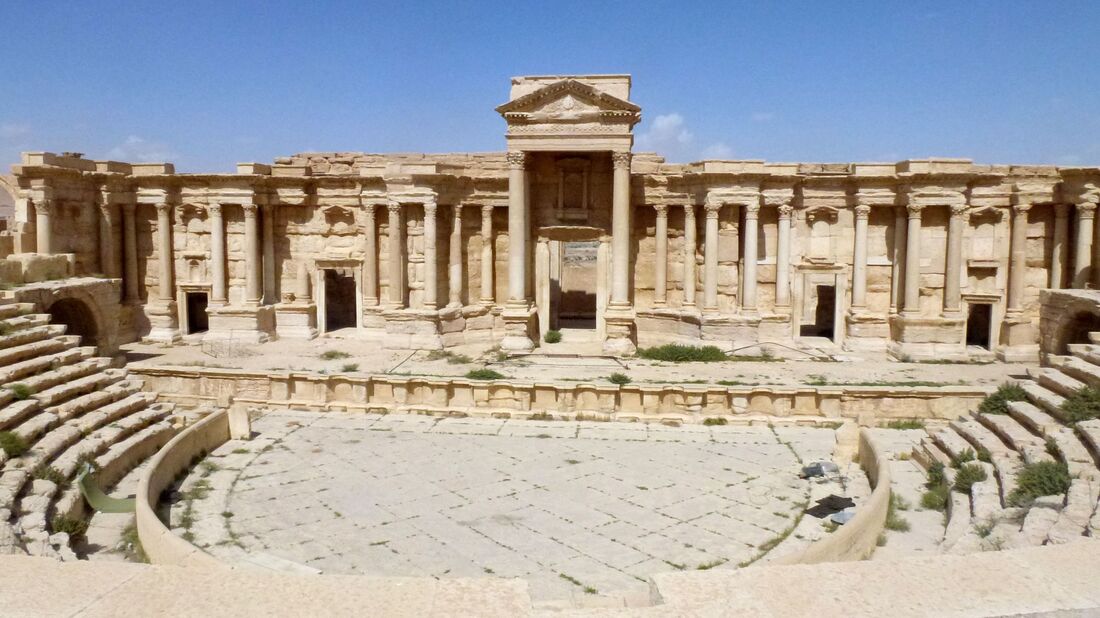
Architectural Splendor of Palmyra
The architecture of Palmyra is particularly remarkable for its fusion of Greco-Roman and Eastern artistic influences. Structures such as the Temple of Bel, with its blend of Roman architectural design and local artistic elements, reflect the city’s rich cultural syncretism. Palmyra’s urban planning includes colonnaded streets, monumental arches, and temples, which align with Roman architectural styles while retaining unique features influenced by Persian and local traditions.
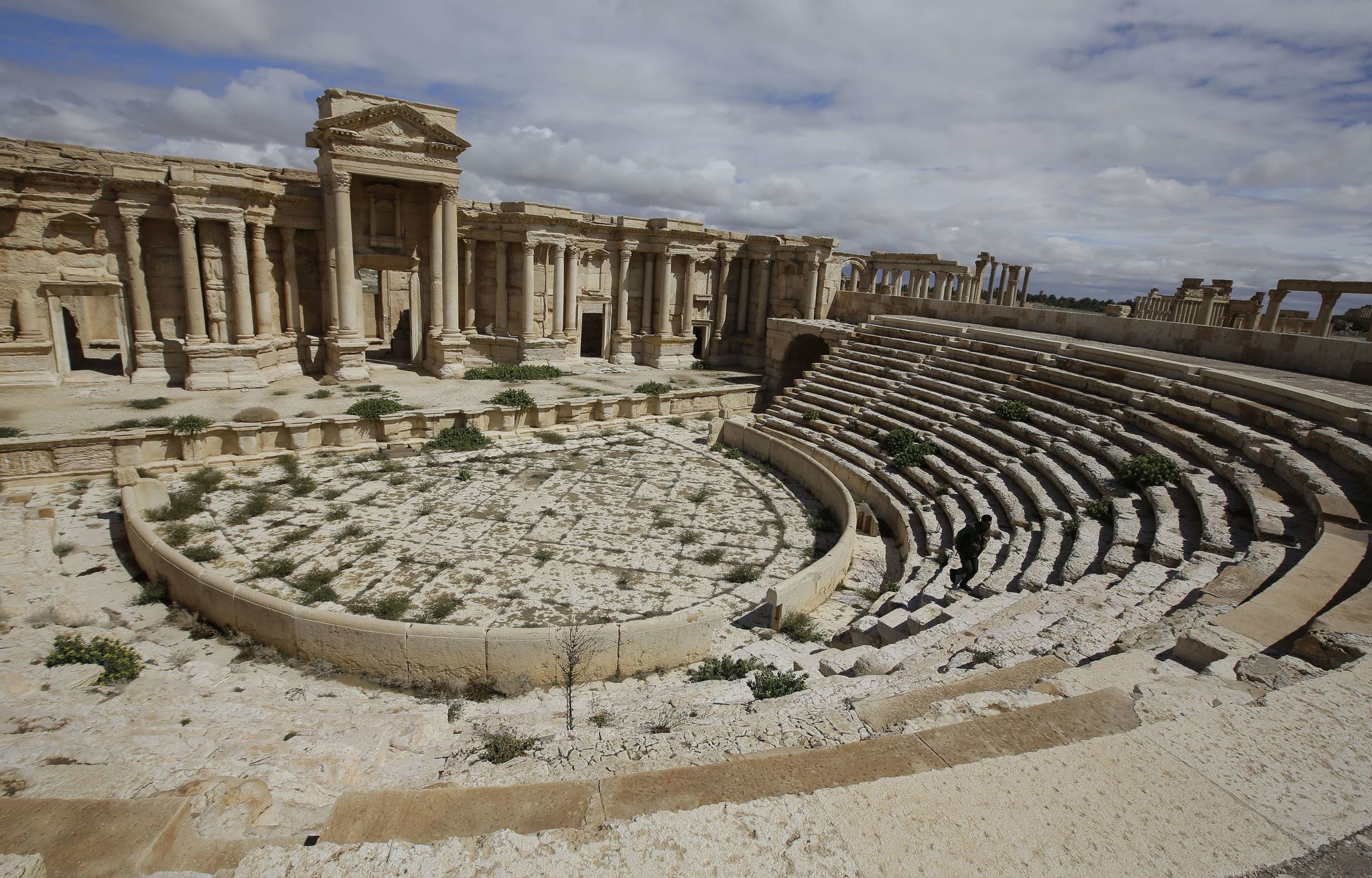
Queen Zenobia and Palmyra’s Golden Age
Palmyra reached its zenith under the rule of Queen Zenobia in the 3rd century AD. Zenobia famously declared Palmyra’s independence from Rome, launching an ambitious campaign that extended her control across Egypt and parts of Asia Minor. Her defiance of Rome marked Palmyra’s high point in terms of political influence and territorial expansion. Although her empire was short-lived, Zenobia’s legacy endures as a symbol of Palmyrene resilience and ambition.
The Decline and Preservation of Palmyra
In 272 AD, the Roman Emperor Aurelian reclaimed Palmyra, ending its period of autonomy. Although the city continued to be inhabited, it gradually declined in influence, and by the 7th century, Palmyra had largely fallen into ruin. Today, the remaining structures of Palmyra, including its temples, arches, and colonnades, offer an invaluable look into the grandeur of this ancient metropolis.
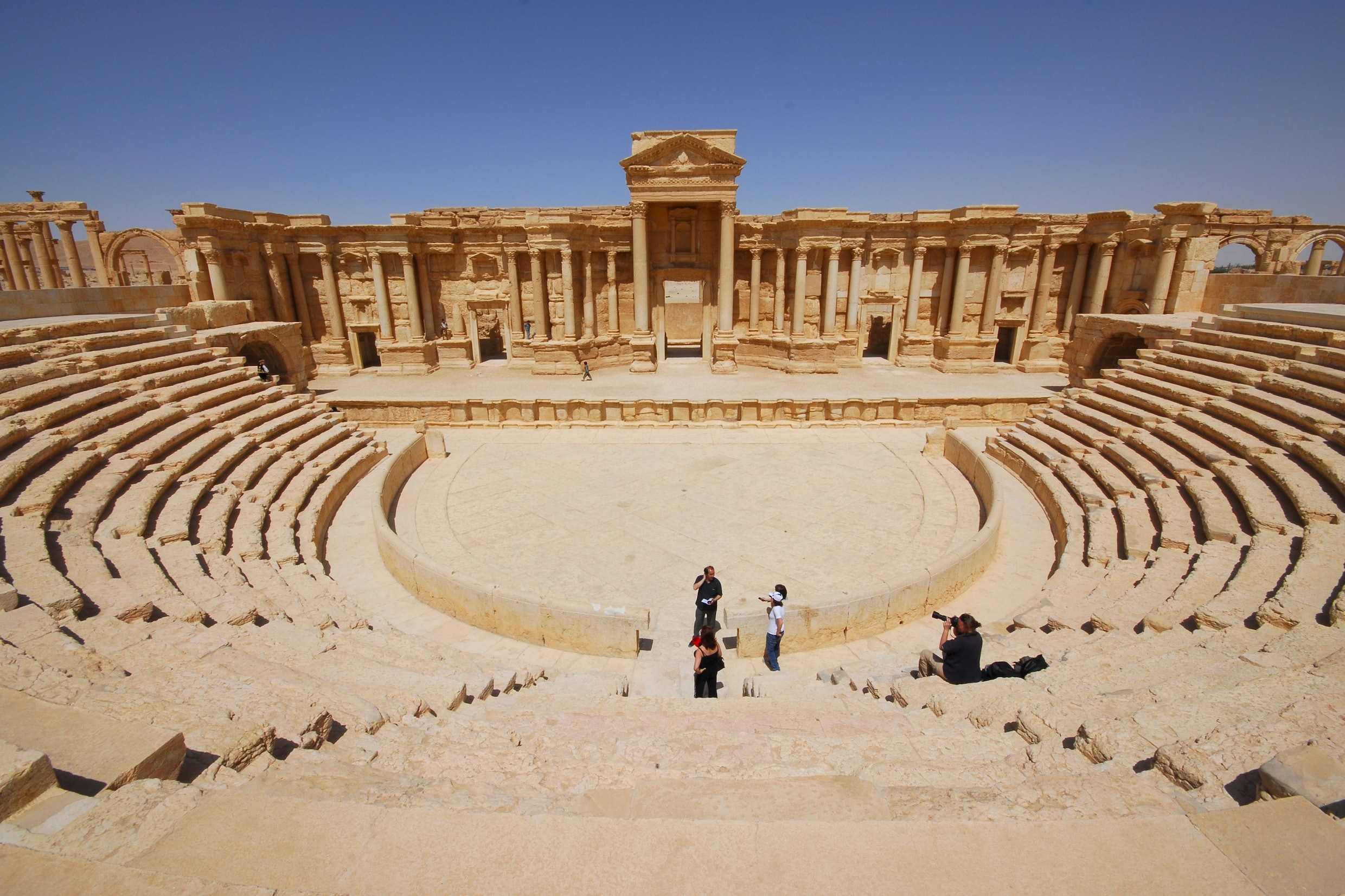
Palmyra’s Legacy and UNESCO World Heritage Status
Designated as a UNESCO World Heritage Site, Palmyra remains a powerful symbol of ancient civilization. Its ruins are a testament to the cultural, economic, and architectural achievements that emerged from the meeting of Eastern and Western influences. Despite modern challenges, including conflicts that have damaged the site, preservation efforts aim to safeguard Palmyra’s ruins as a heritage of universal significance.
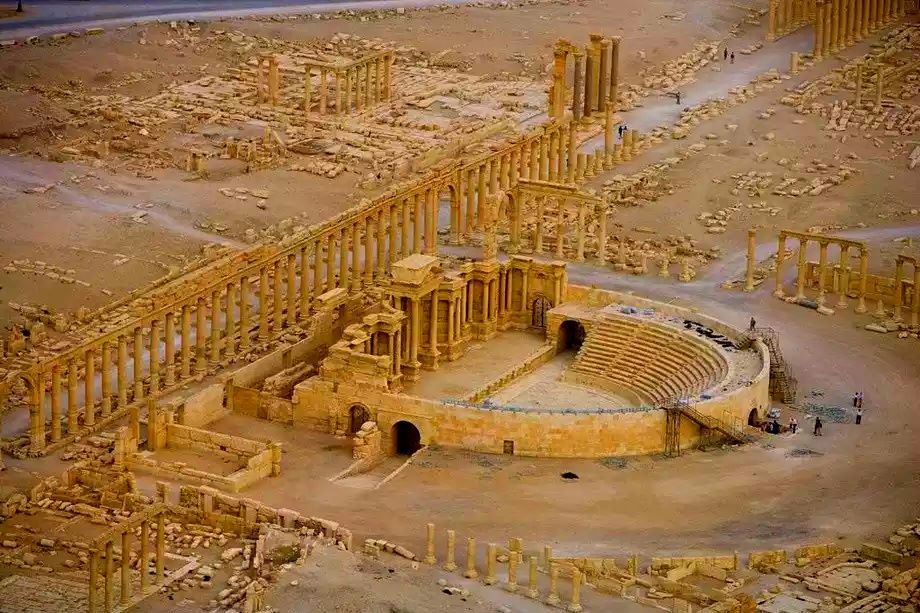
Conclusion
Palmyra’s history as a crossroads of civilizations reveals the profound impact of cultural exchange and trade in antiquity. The city’s ruins stand as a lasting monument to its role in connecting empires and fostering architectural, artistic, and economic innovation. Palmyra endures as a powerful reminder of ancient history’s complex and interconnected world, captivating the imagination of scholars and visitors alike.

